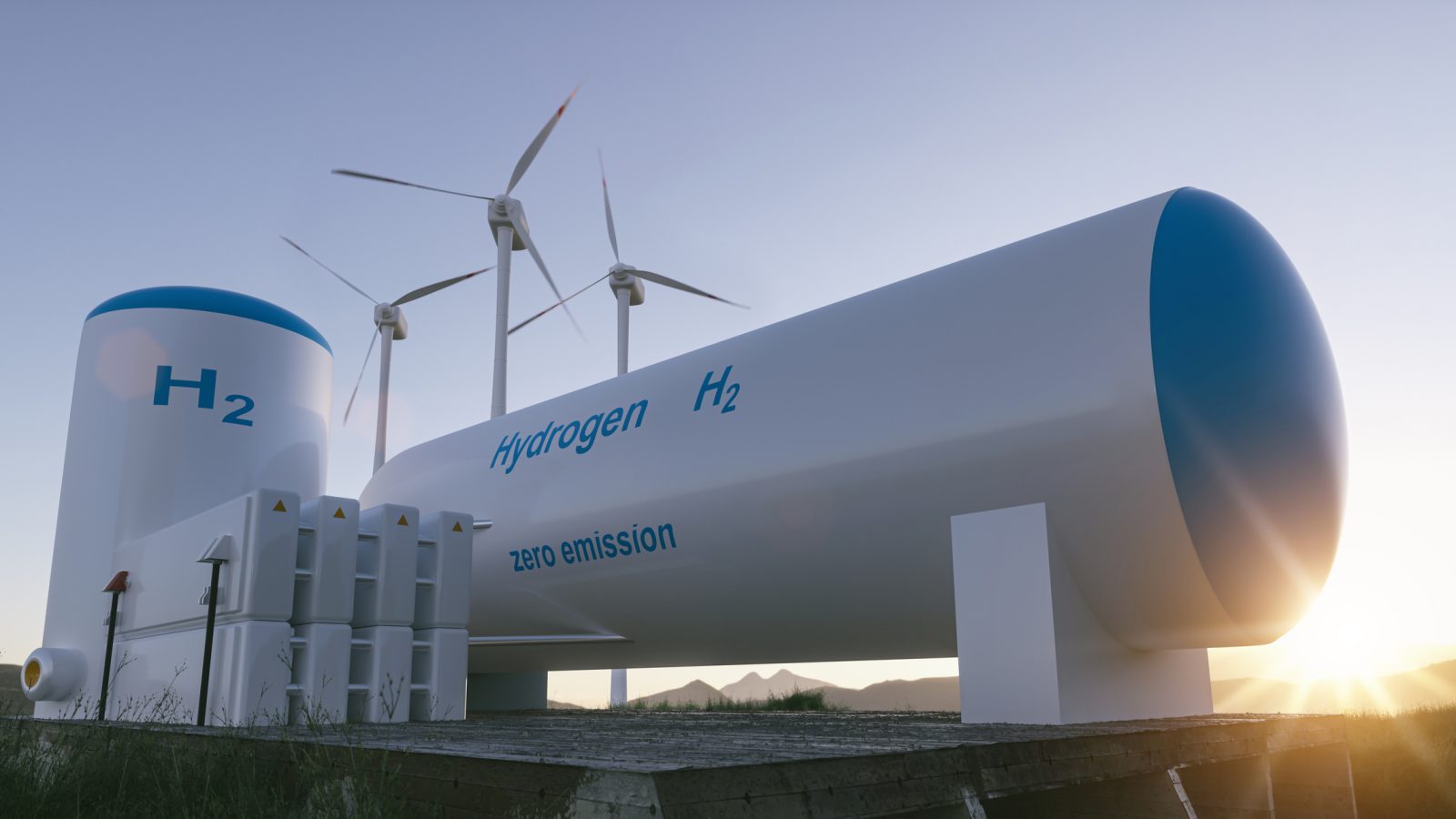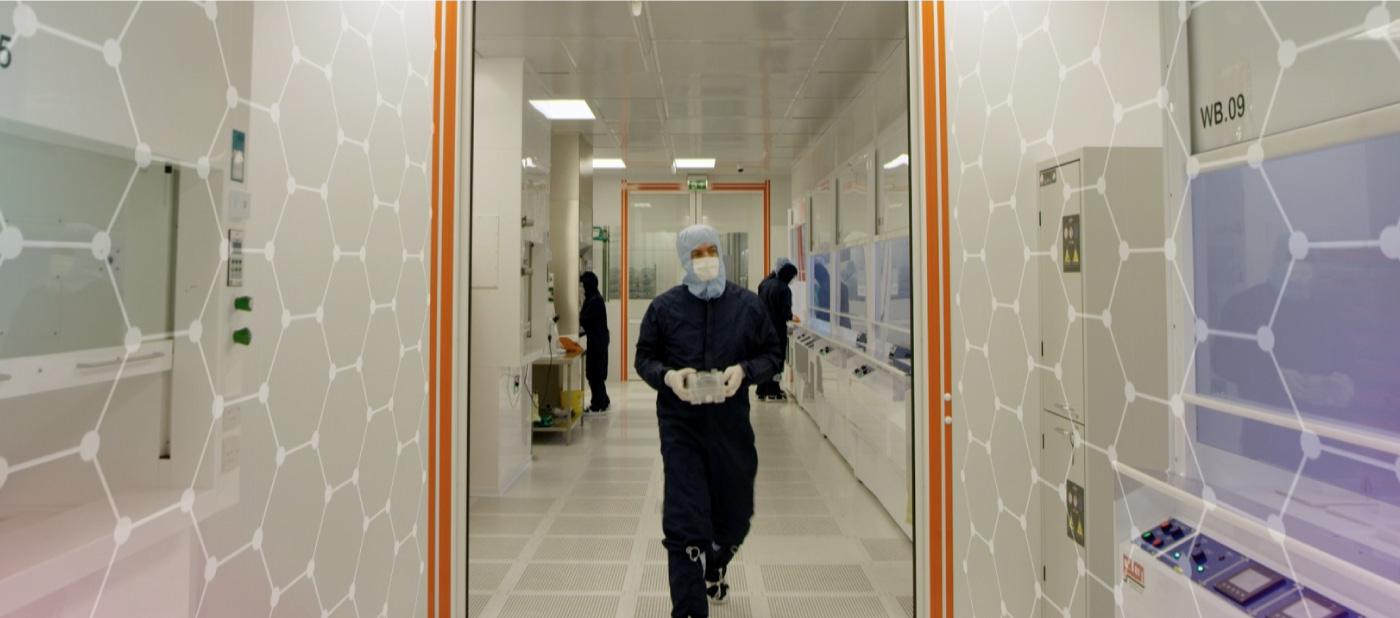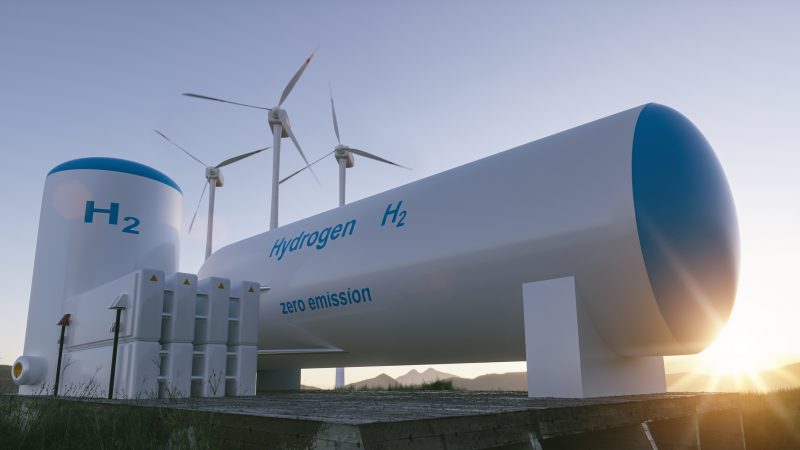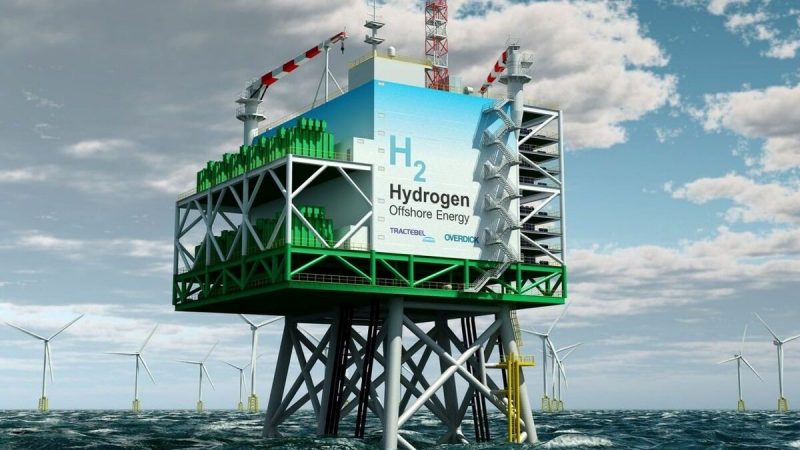- Report examines the critical materials research challenges to enable widescale hydrogen deployment in a 2050 timescale and highlights the UK’s opportunity to take a leadership position in this fast-growing area
- Finding focus on number of key materials research priorities around hydrogen production, storage and distribution, and around hydrogen use in transport
The hydrogen energy sector is set to become a multi-billion dollar global industry. The UK is at the forefront in several areas with advanced plans for gigawatt scale low carbon hydrogen production, a programme investigating the conversion of natural gas networks to hydrogen, and various ongoing trials for fleets of hydrogen-fuelled cars, buses and vans.
A report commissioned by the Henry Royce Institute has examined the critical materials research challenges the sector now faces, identifying a number of priorities key to supporting materials development, uptake and use. Addressing these challenges will underpin the UK’s wider hydrogen energy sector leadership ambitions by providing potential materials solutions that can support its accelerated deployment.
Dr Robert Sorrell, Project Champion of the materials for end-to-end hydrogen roadmap at the Henry Royce Institute, said:
“It is widely acknowledged that hydrogen has a significant role to play in driving the UK’s net zero agenda. The aim of the report is to highlight the key materials areas critical to enabling widescale hydrogen deployment in a 2050 timescale and catalyse the investment and partnerships required to deliver technology breakthroughs in these areas.”
Click here to view the full report
Key findings
The findings from the study illustrate the key role that materials can play in delivering the growth of the hydrogen energy sector. It identifies five research priorities around hydrogen production, storage and distribution and use, and the need for a UK testing and accreditation facility.
The key materials research priorities, with more details on each available in one of six summary reports, are:
*Reducing iridium loading in polymer electrolyte membrane (PEM) electrolysers to realise global electrolysis capacity ambitions at a terawatt (TW) scale.
The leading electrolyser technology (PEM) contains rare and expensive elements to catalyse the process of hydrogen and oxygen evolution at the cathode and anode respectively. These elements increase the capital cost of PEM electrolysers, thereby increasing the cost of green hydrogen. The global production capacity of these rare elements will place limits on the electrolysis capacity that can be developed at current catalyst loading levels. Materials research targeted at reducing rare element loading, particularly iridium, will be required to realise PEM electrolysis capacity on a terawatt scale.
*Improving catalysts for distributed ammonia production and cracking, to realise ammonia’s potential as a hydrogen storage and distribution vector.
The relatively high density, efficiency of conversion, and moderate liquefaction temperature of ammonia has made it a key hydrogen carrier candidate. To support the use of ammonia as a hydrogen carrier requires the development of efficient catalysts that allow ammonia to be produced on a distributed scale and enable it to be cracked more efficiently into hydrogen and nitrogen.
*Improving point of use hydrogen purification technologies, enabling large scale fuel cell hydrogen supply from the gas grid.
Hydrogen can be effectively distributed using the existing UK gas grid infrastructure, reducing the cost of hydrogen distribution, and allowing gas grids to transition to a net zero future. Given that hydrogen leaving the grid will be at relatively low purity, and hydrogen fuel cells currently require high levels of hydrogen purity, improvements are required in downstream purification technologies close to point of use. This requires further development of leading materials-based solutions such as membranes and pressure swing adsorption.
*Detailed understanding of materials degradation pathways for high volume compressors to enable large scale hydrogen distribution through the UK gas grid.
Transport of hydrogen in the gas grid will require the use of gas grid compressors to take hydrogen to the pressures required for transmission (up to 94 bar) and distribution (16 bar). The small size and light weight of hydrogen molecules, along with their ability to degrade materials through mechanisms such as hydrogen embrittlement and high temperature hydrogen attack, makes the design of hydrogen compressors particularly challenging. Better understanding of compressor materials degradation in real-world environments will enable challenges associated with materials selection and development to be understood, and the effects of hydrogen degradation mitigated.
*Materials led solutions for cost effective, conformable hydrogen tank storage in fuel cell vehicles.
Hydrogen-powered vehicles currently use gaseous hydrogen stored at 350 or 700 bar pressure in cylindrical vessels. Hydrogen storage tanks are the most expensive component in current hydrogen fuel cell cars and add significant weight. Materials led solutions offering more conventional fuel tank shapes would allow optimal use of on-board space and greater flexibility in vehicle design.
*Developing UK capability to test, set standards, and accredit new materials.
Early-stage materials testing for some hydrogen applications has resulted in test methodologies that vary widely between researchers. Developing standardised materials testing methodologies for hydrogen will increase confidence in results and collaboration between those undertaking research in the hydrogen space, and further cement the UK’s position as a leader in this field.
Henry Royce Institute Chair, Professor Dame Julia King, Baroness Brown of Cambridge, said:
“This important report sets out the materials research and development opportunities we need to progress now in order to ensure the deployment of hydrogen as a viable energy source at scale. It also provides detail around early discovery materials innovation which could accelerate our ambitions and deliver step changes in our ability to produce and deploy hydrogen. The work demonstrates that further targeted support is necessary to deliver the UK’s ambition for its net-zero aims by building a robust, efficient and sustainable hydrogen industry. Importantly, this includes developing standardised materials testing methodologies for hydrogen and strengthening collaboration between those undertaking research in the hydrogen energy system, to further cement the UK’s position as a leader in this field.”
Royce CEO, Professor David Knowles, added:
“This report is one of a suite commissioned by the Henry Royce Institute as part of our role to convene the UK advanced materials community to help develop new research activity that will meet the grand challenges we face – from clean growth to an ageing society. It identifies those critical materials research challenges which will enable widescale hydrogen deployment, clarifying the technology gaps and interfaces which need to be addressed. The next step is to set out the resources and capabilities required to achieve a breakthrough in this area and these detailed proposals will be firmed up in the coming months and submitted to government.”
Looking ahead, Royce now plans to identify the resources and partnerships required to realise the UK’s leadership ambitions in these key materials fields. This will help to enable the potential wider role for hydrogen to be used as an energy vector in delivering net-zero targets with a 2050 timescale.
Visit the Materials for end-to-end hydrogen web page here to find out more about the project.
Enquiries
Judith Holcroft
Royce Communications & Engagement Manager
judith.holcroft@manchester.ac.uk






